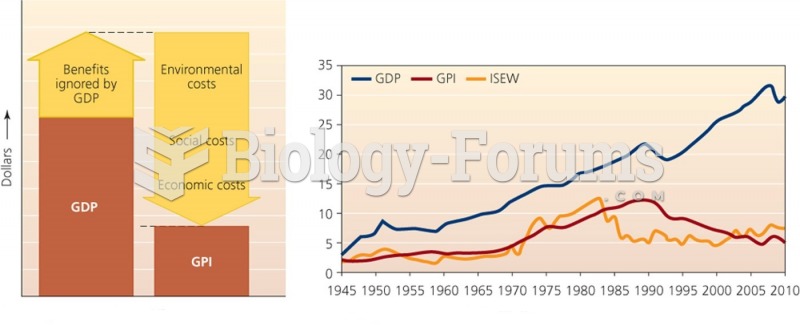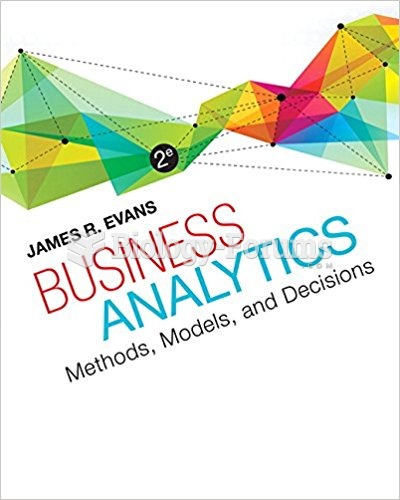Answer to Question 1
The transaction broker business model is most commonly found in the financial services, travel services, and job placement services industries. The eight elements of a business model are value proposition, revenue model, market opportunity, competitive environment, competitive advantage, market strategy, organizational development, and management team.
The primary value proposition for a transaction broker is the saving of time and money. These sites also often provide timely information and opinion. They offer the consumer the opportunity to increase their individual productivity by helping them to get things done faster and with less expense.
The revenue model for these firms is based upon receiving commissions or transaction fees when a successful business deal is completed. Online stock trading firms receive either a flat fee for each transaction or a fee based on a sliding scale according to the size of the transaction. Job sites charge the employers a listing fee up front, rather than when the position is filled as traditional head hunter firms have done.
The market opportunity for transaction brokers in financial services appears to be large due to the rising interest in receiving financial planning advice and conducting stock transactions online. Demand is also increasing for job placement help that is national and even global in nature and for purchasing travel services quickly and easily online. However, there is some market resistance due to consumers' fear of loss of privacy and loss of control over their personal financial information.
The competitive environment for financial services has become fierce as new entrants, including the traditional brokerage firms that have now entered the online marketspace, have flooded the market. To compete effectively, online traders must convince consumers that they have superior security and privacy procedures. The number of job placement sites has also multiplied, and the largest sites such as Monster, which have the greatest number of job listings, are the most likely to survive. Consolidation in all of the transaction broker markets is presently occurring, making the market opportunity and competitive environment for new firms looking to enter the marketspace bleak.
The market strategies for such firms typically include expensive marketing campaigns to convince consumers to switch from their current provider or to choose their company over other more well-established competitors, also a daunting task in the present economic environment.
Achieving a competitive advantage is crucial to firms trying to enter these industries. Possible strategies are to lure well-known names in the industry away from their present positions to head a new endeavor, giving the firm instant credibility in the market. Experienced, knowledgeable, and well-known employees may be able to give a new firm a competitive edge.
New companies may have to start out recruiting a specialized highly skilled staff, with an organizational development plan that is far more advanced than the typical startup. A strong management team will attract investors and convince investors and consumers alike that a new firm has plenty of market-specific knowledge and the experience necessary to implement the business plan.
Answer to Question 2
A







